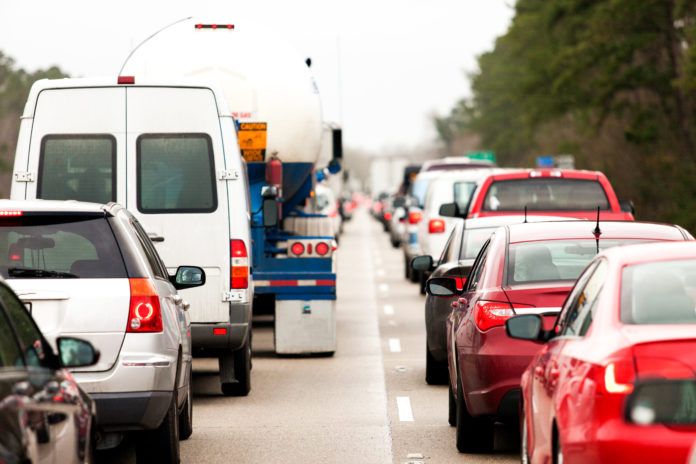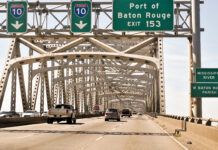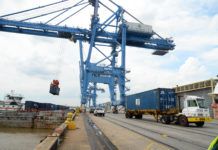
As with most anything else coming out of the Trump presidency, there’s as much trepidation as optimism over his $1.5 trillion infrastructure plan. Consistent with the general overture of his administration, the plan shifts more responsibility to the states, and while the details seem solid some doubt that Congress will find the $200 billion necessary for the fed’s portion. At least this year.
There are also doubts about Louisiana’s capacity to capitalize on the plan. The failure of the state to increase its gas tax has left the Louisiana Department of Transportation and Development with a revenue stream that hasn’t been adjusted for inflation in decades and is barely enough to maintain existing infrastructure. That’s left it with some rather difficult decisions to make, and left industry leaders on the short end of the stick in places such as Lake Charles. Read our cover story for more.
But perhaps the biggest concern over the Trump plan is its failure to address the troubled Highway Trust Fund. Almost since its introduction in the 1980s the fund has been plagued by a dilemma similar to DOTD’s—Congress won’t touch the fund’s primary funding mechanism, the federal gas tax, fearing an increase would be condemned by constituents. Regrettably, if nothing happens the plan could become insolvent as soon as 2020.
OZONE SOLUTION FOR BR?
Kudos to Sec. Chuck Carr Brown and his team at the Louisiana Department of Environmental Quality for potentially finding a way to keep Baton Rouge in compliance with the 2015 National Ambient Air Quality Standard.
DEQ consultants fortuitously identified a single day in October 2017 when high ozone levels were not caused by local sources but instead by wildfires in the northwest. A confluence of factors, including the jet stream and other weather conditions, seemingly carried smoke from the fires all the way to south Louisiana.
That would be enough to ensure compliance with the standard, and Brown is hopeful that by year’s end a decision will be made. A new streamlined, state-centered approach by EPA and Region 6 Director Anne Idsal could be beneficial in getting agency approval. [See our Q&A with Idsal and “Where there’s smoke …”.]
A CHANGING OFFSHORE LANDSCAPE
There has been a seismic shift in the oversight of the state’s oil and gas industry. Larger swaths of the Gulf of Mexico have been opened to oil and gas production, and governing agencies are actively streamlining regulations to save money and encourage investment.
As director of the Bureau of Safety and Environmental Enforcement, Scott Angelle is Louisiana’s biggest proponent in this regard. Angelle is well aware of the Gulf’s role on the global stage, as well as the industry’s various concerns during the previous administration, and is taking steps to remove obstacles that impede investment.
With $100-a-barrel oil firmly in the rearview mirror, industry leaders are hopeful that these changes will rally the industry and improve its ability to compete with Mexico and Brazil, two up-and-comers in the offshore market.
This is good news for the state, and particularly its oil and gas hubs. [See “Not your grandfather’s Gulf of Mexico.”]
DAZED AND CONFUSED
Fatigue is finally getting some well-deserved attention as one of the primary causes of accidents and safety-related injuries. The statistics are dire and conclusive—a National Safety Council study found that injury risk begins increasing beyond an 8-hour shift, with a 13% increase in the 10th hour and a 30% increase in the 12th hour.
The NSC determined the fatigue problem to be so severe that it convened a blue-ribbon panel to discuss the issue and launched a “Fatigue Initiative” to heighten awareness.
While there are a host of reasons for fatigue—many of which can’t be fixed by revised work schedules or education—petrochemical owners such as ExxonMobil in Baton Rouge are taking steps to mitigate the issue when and where possible. Sleep apnea is also to blame, and some forward-thinking owners are incorporating health screenings to determine risks for the condition.
No longer can companies push their employees to the limits of fatigue for time and a half, for in the process those employees become a risk endangering themselves and others. [See “Sick and tired.”]









